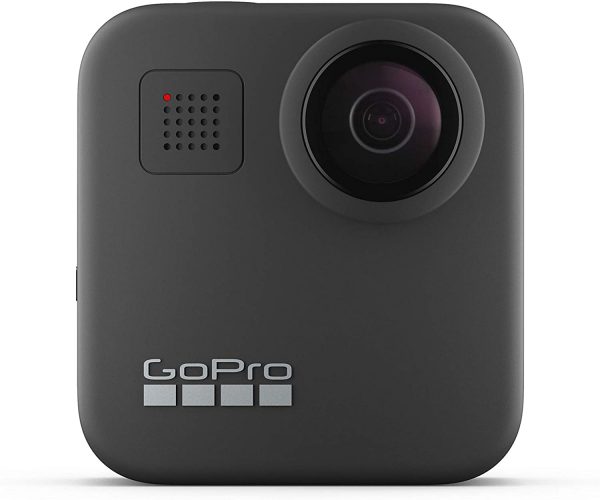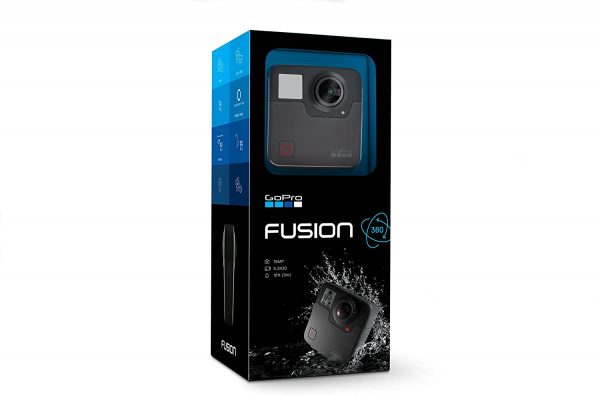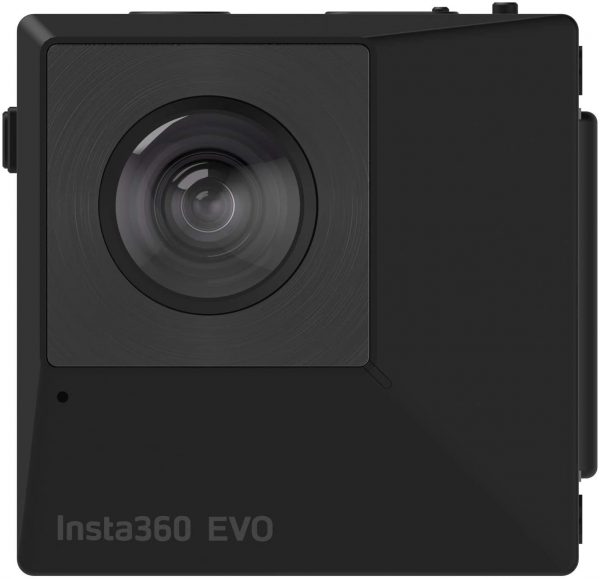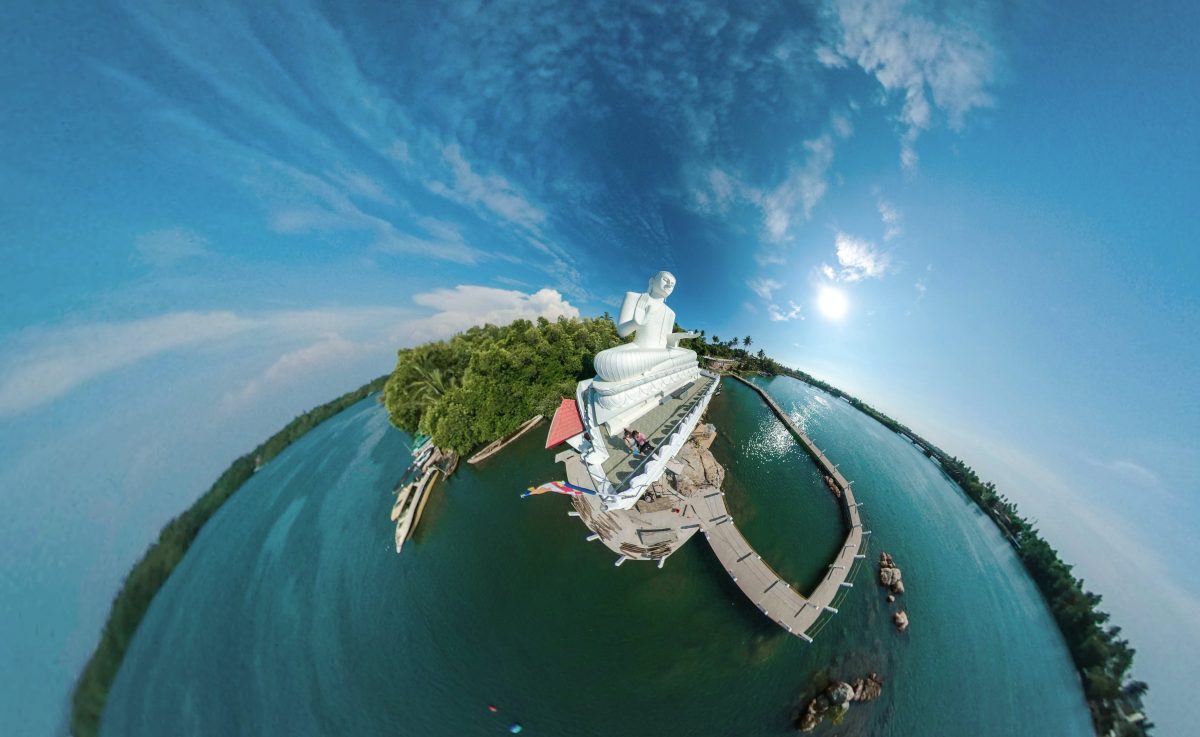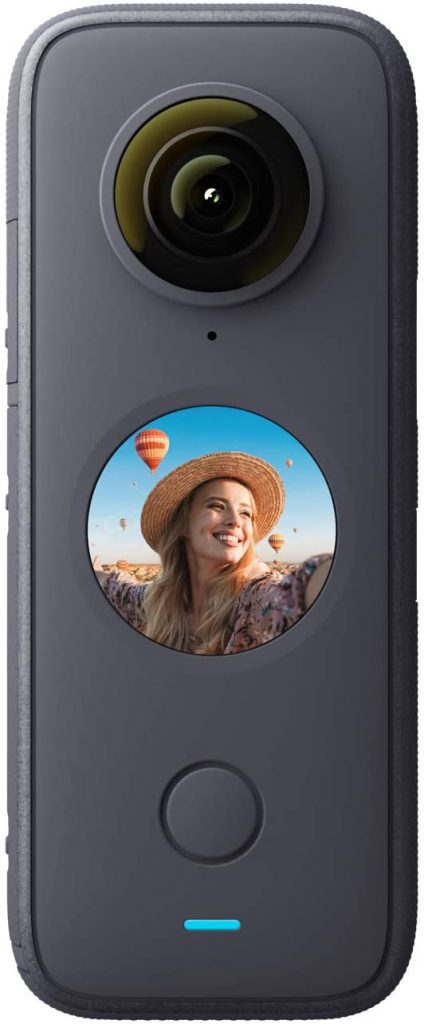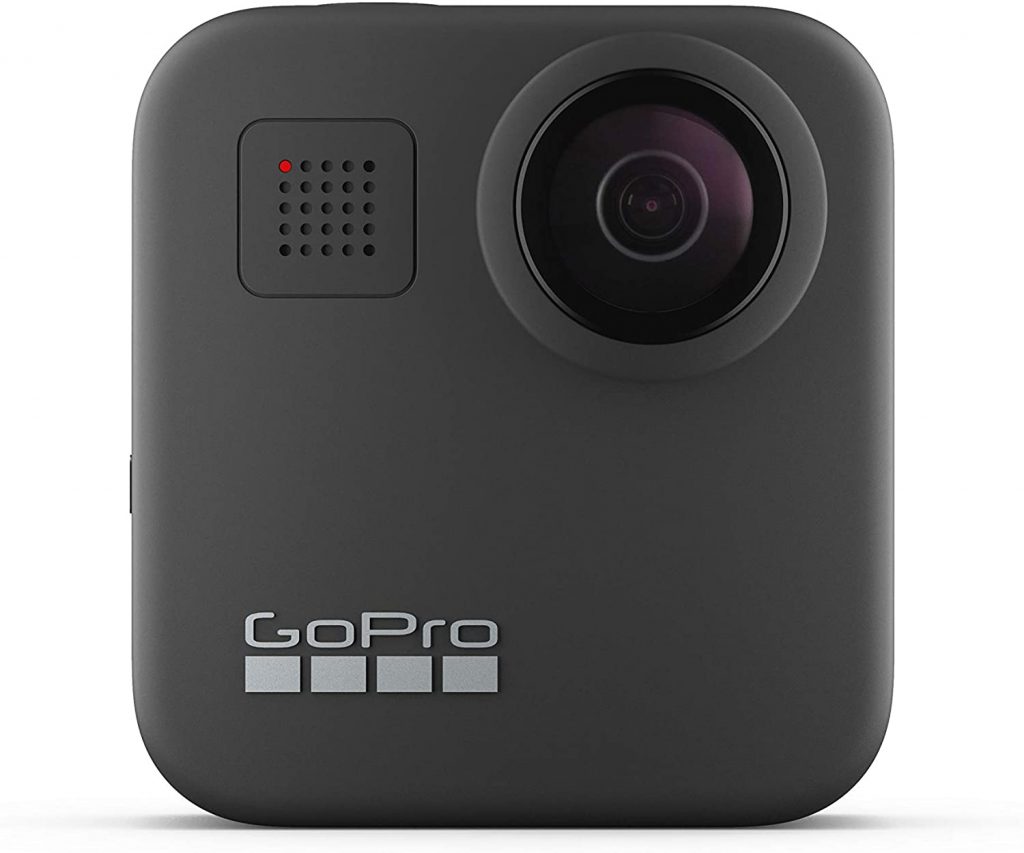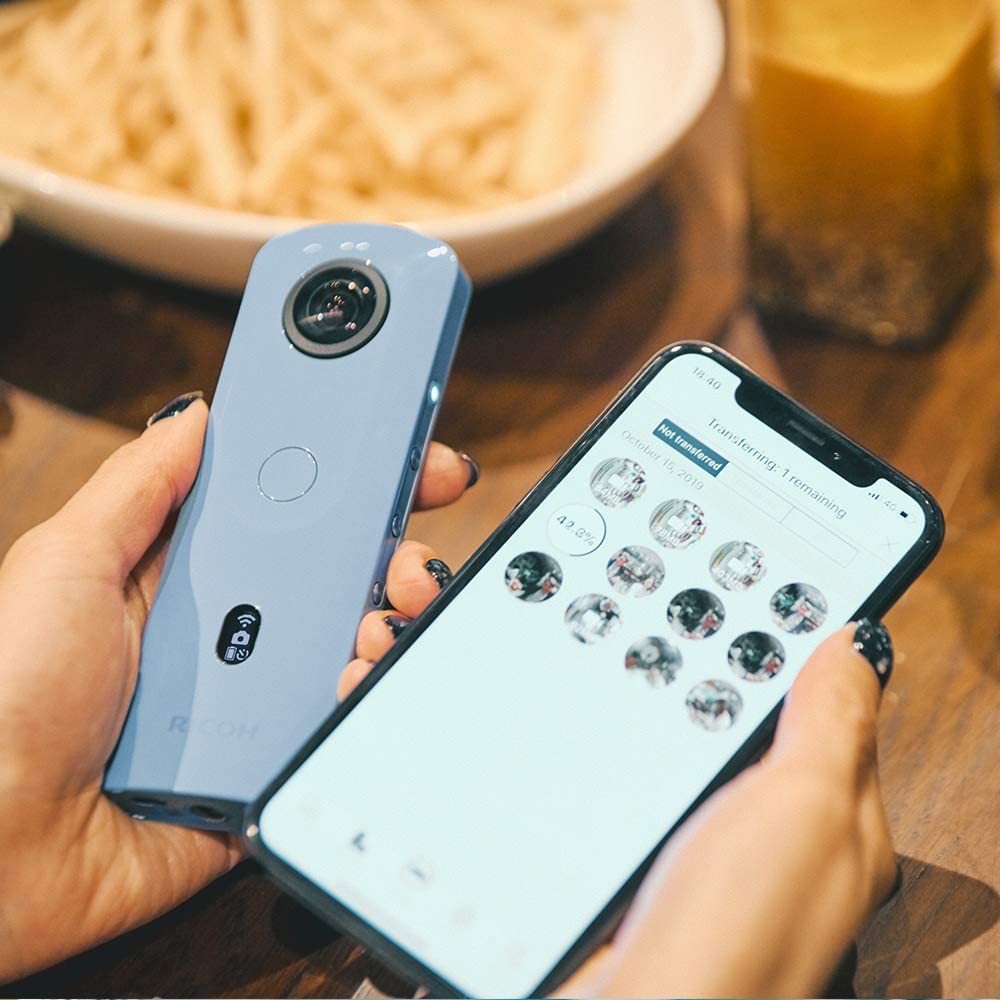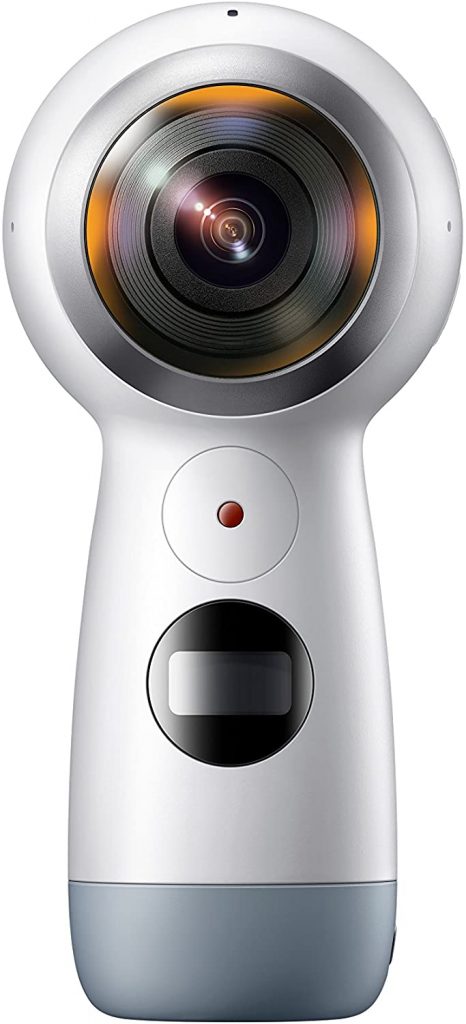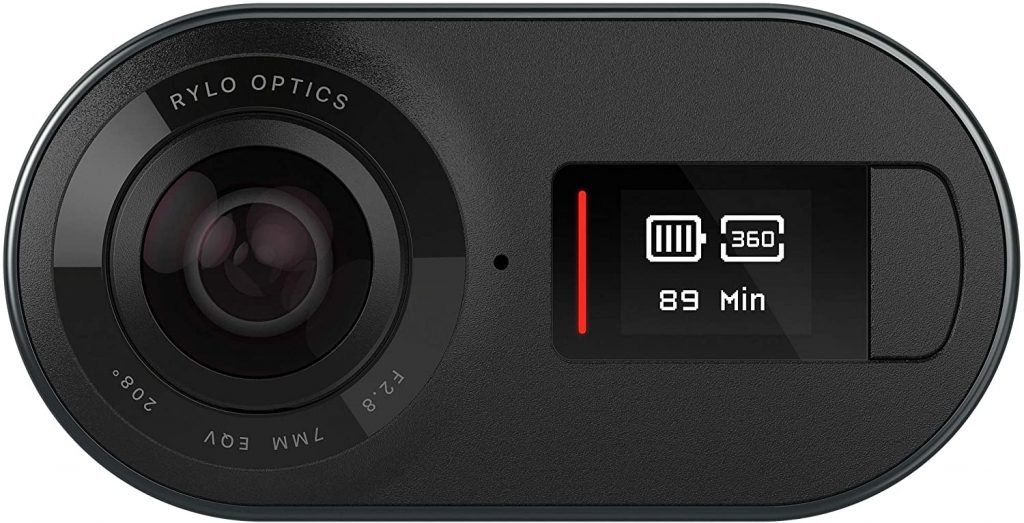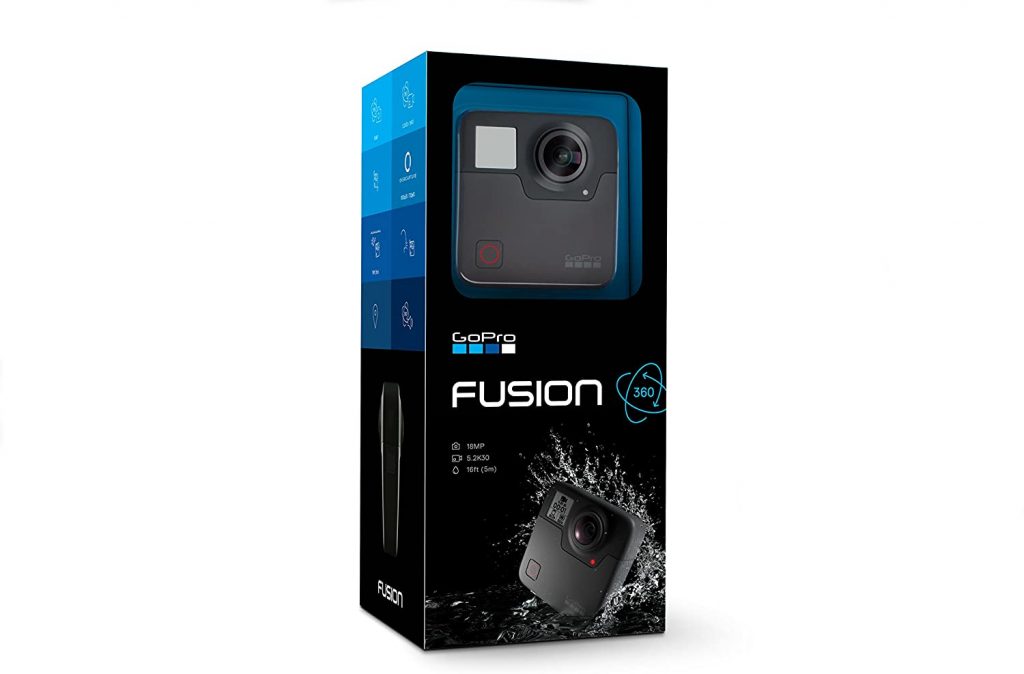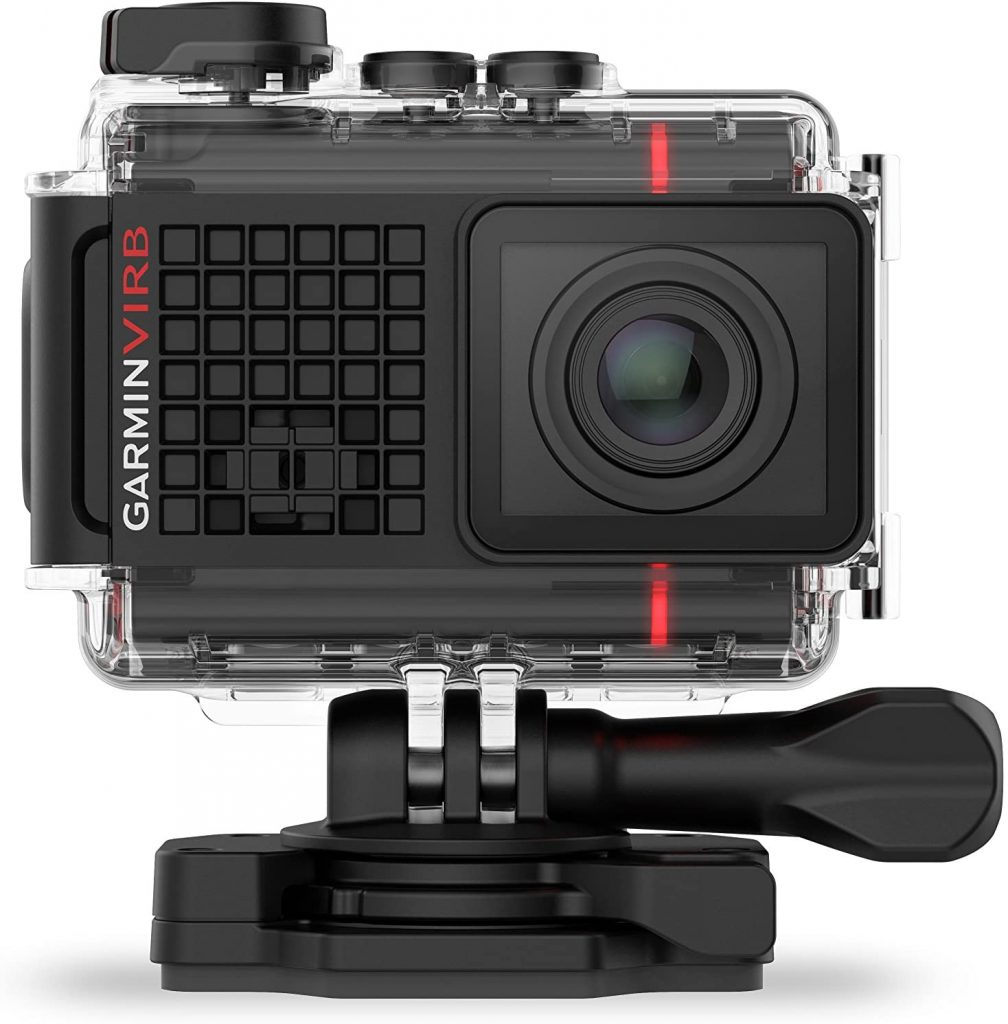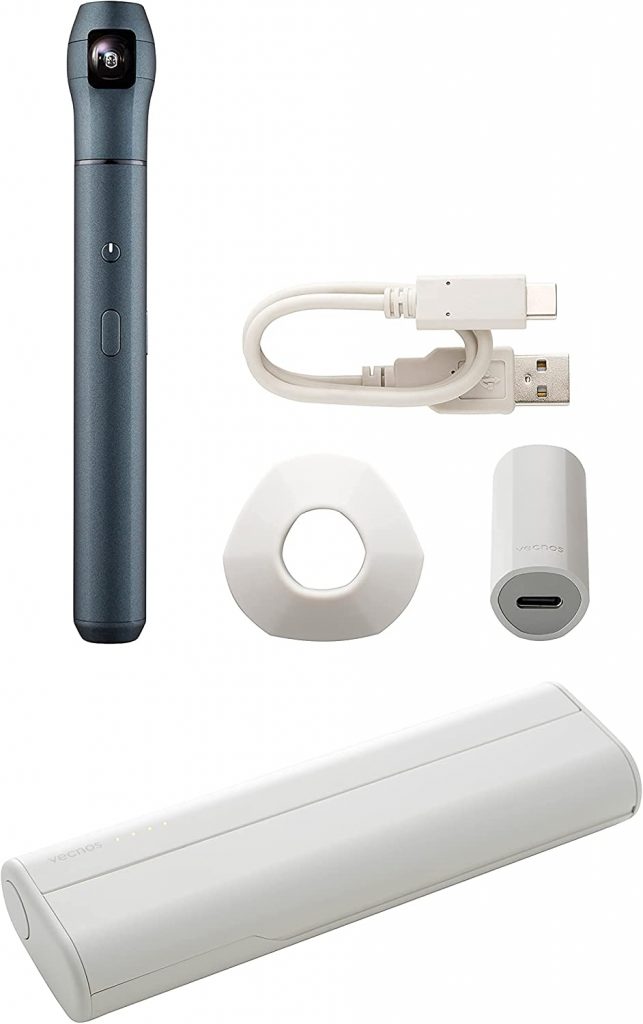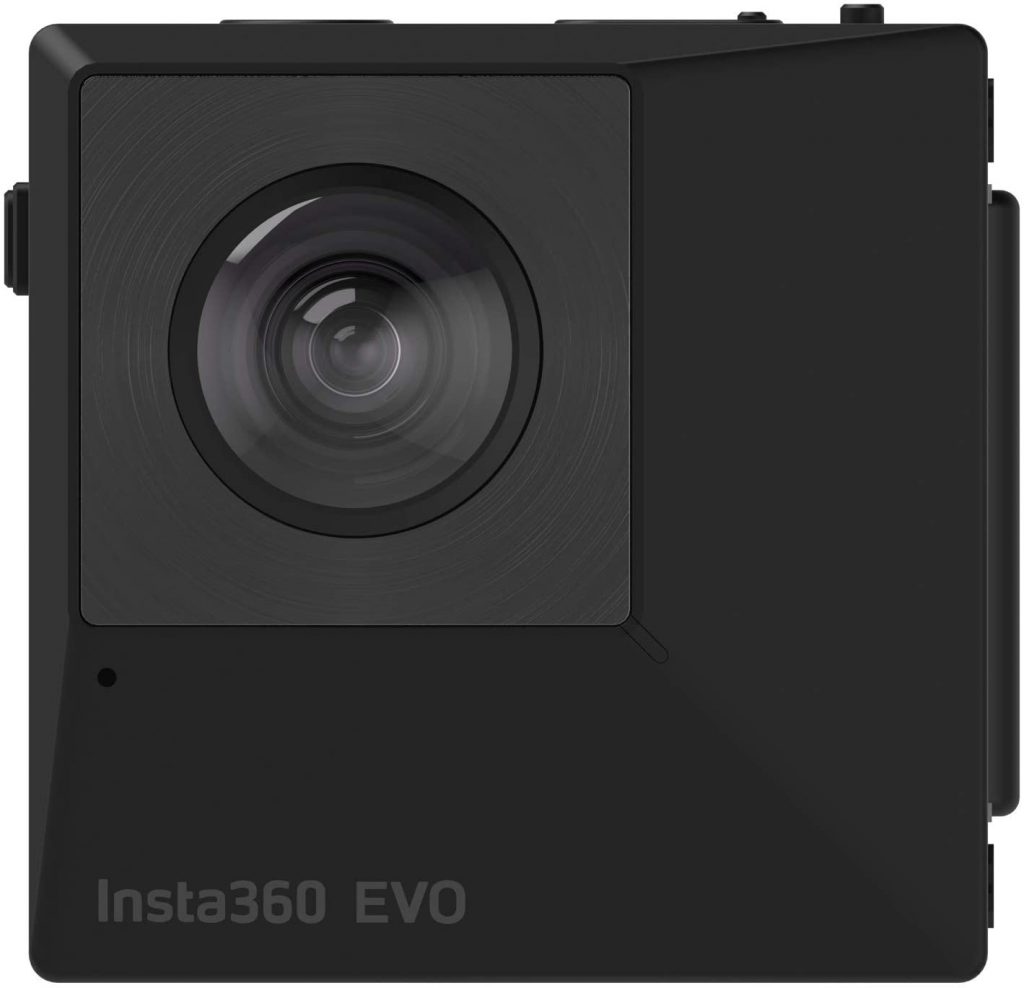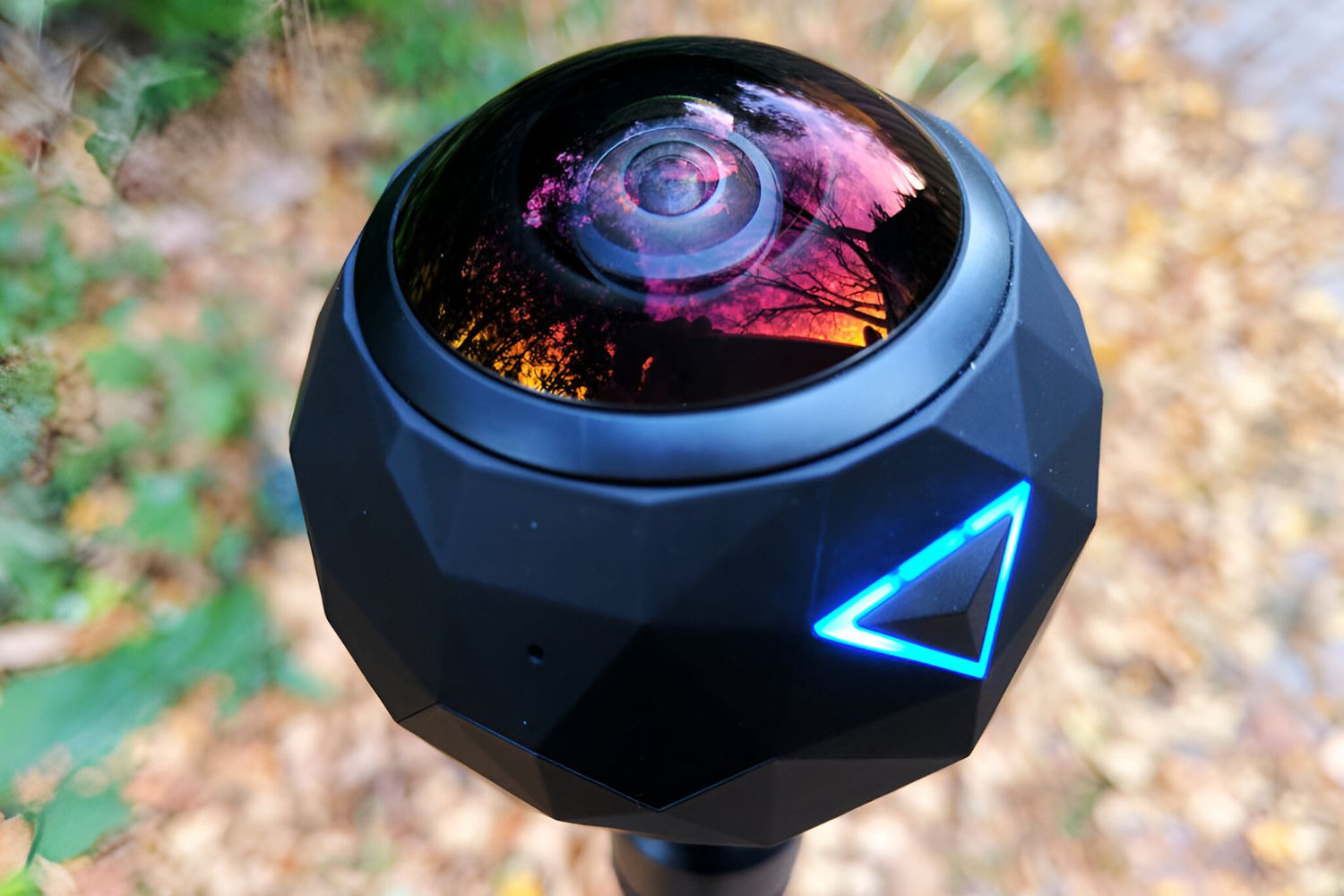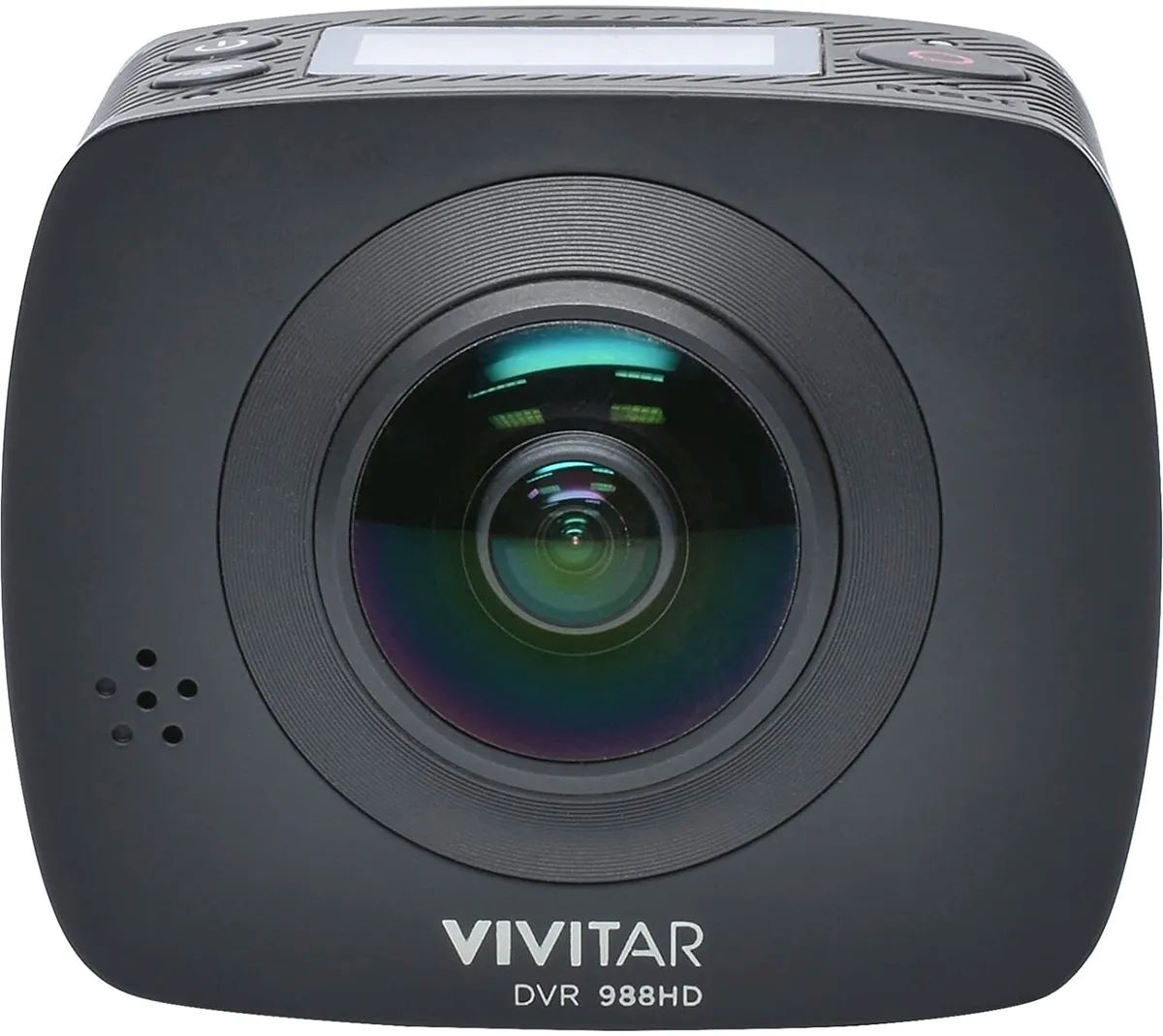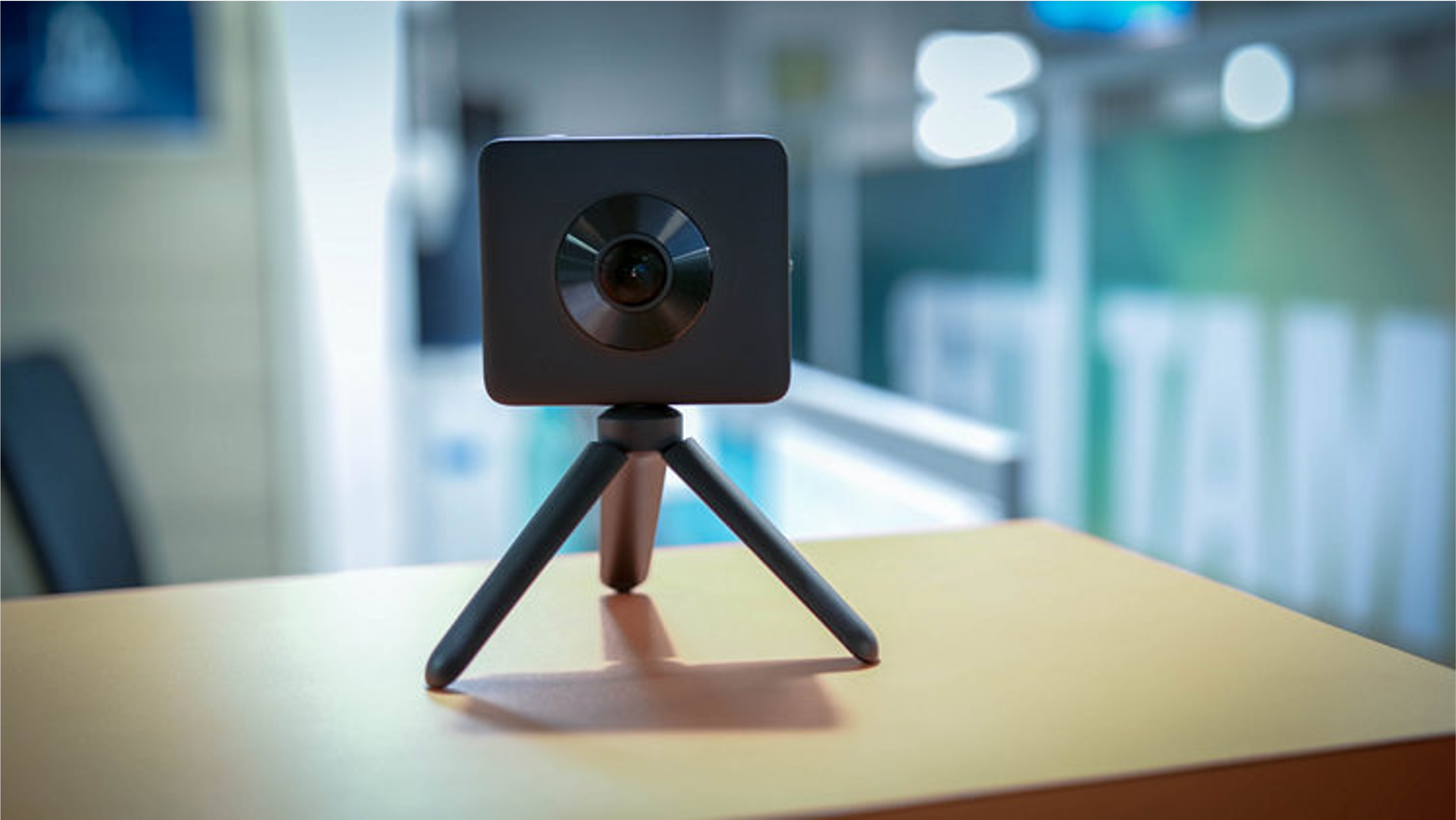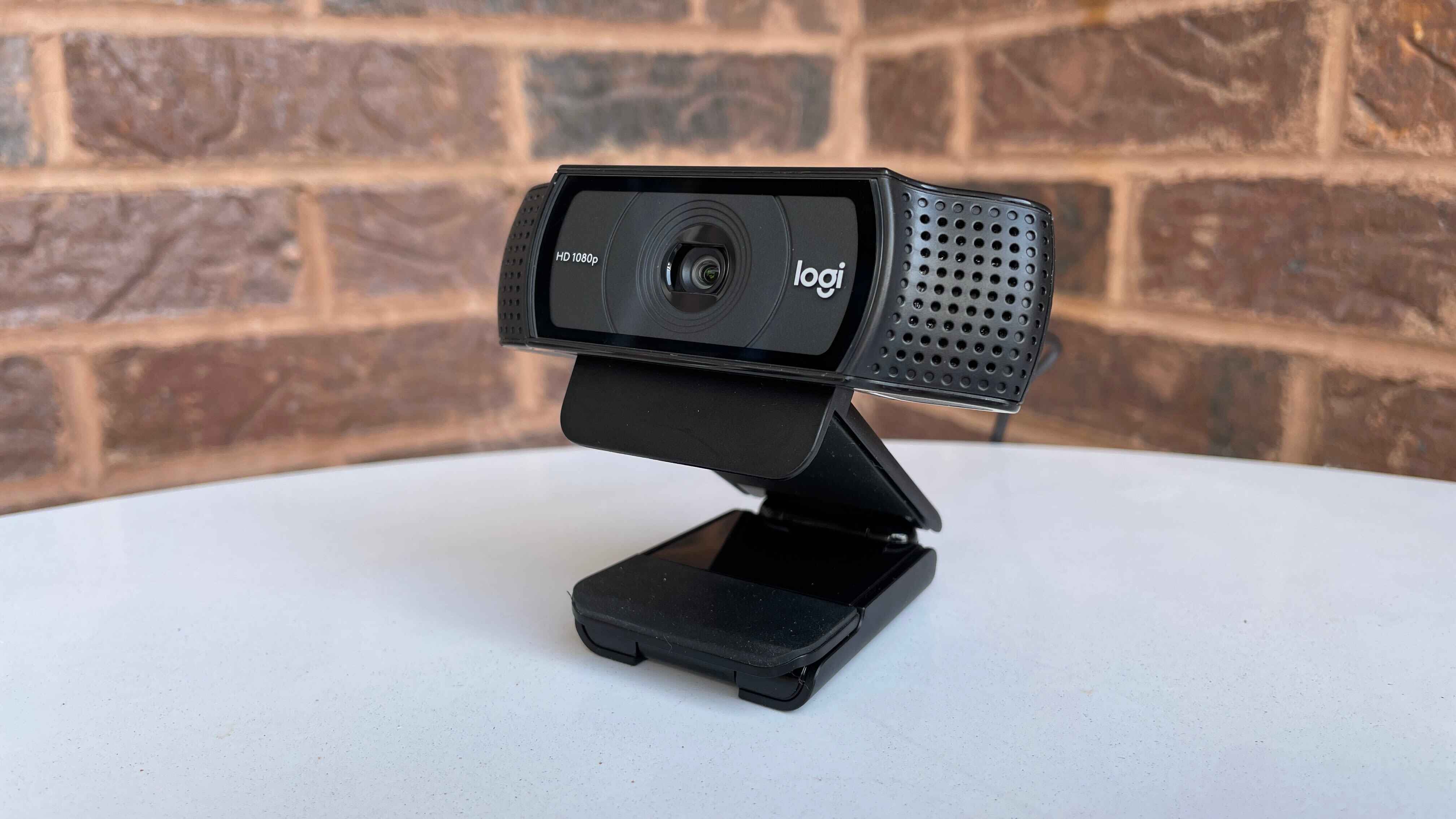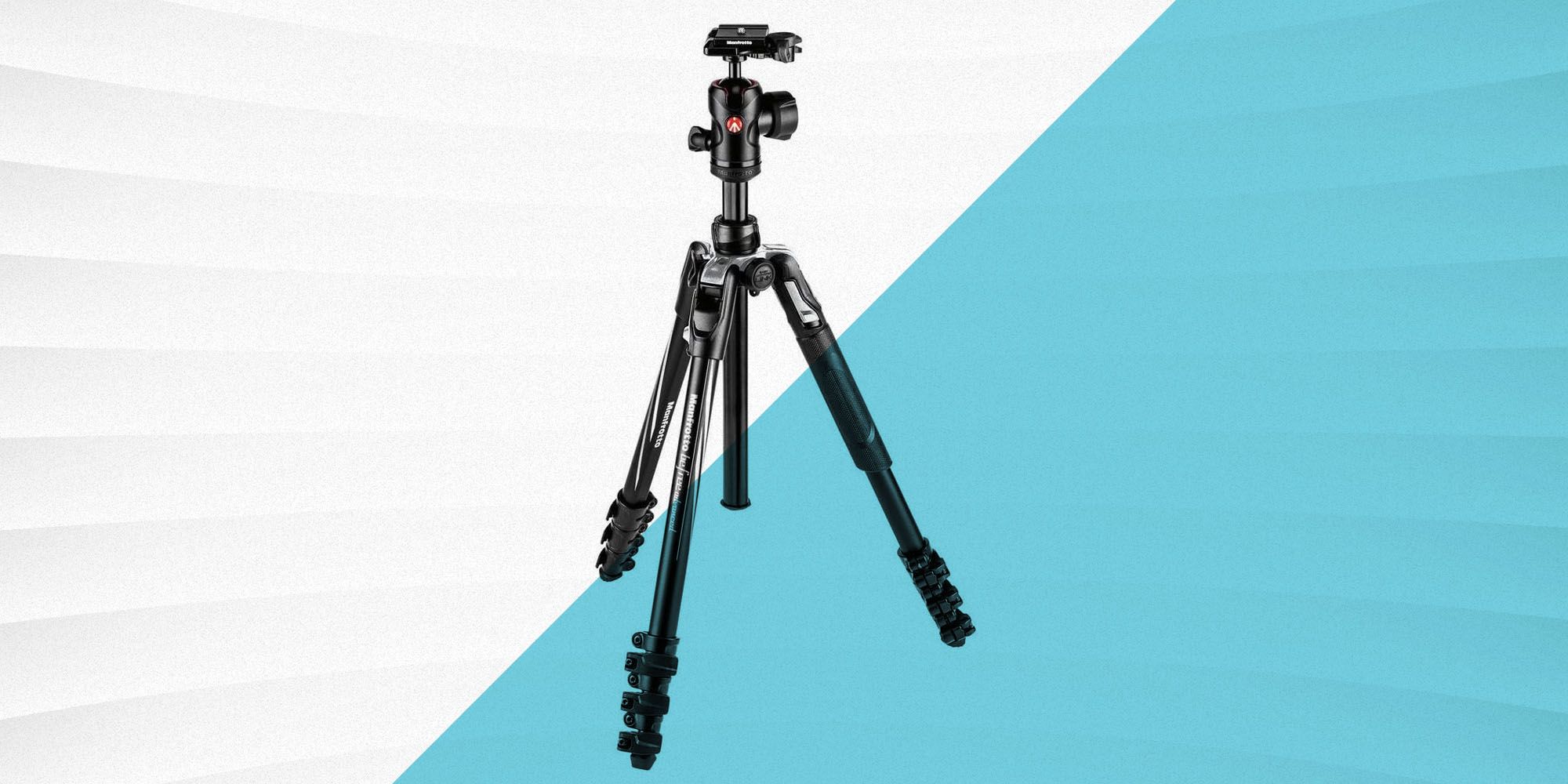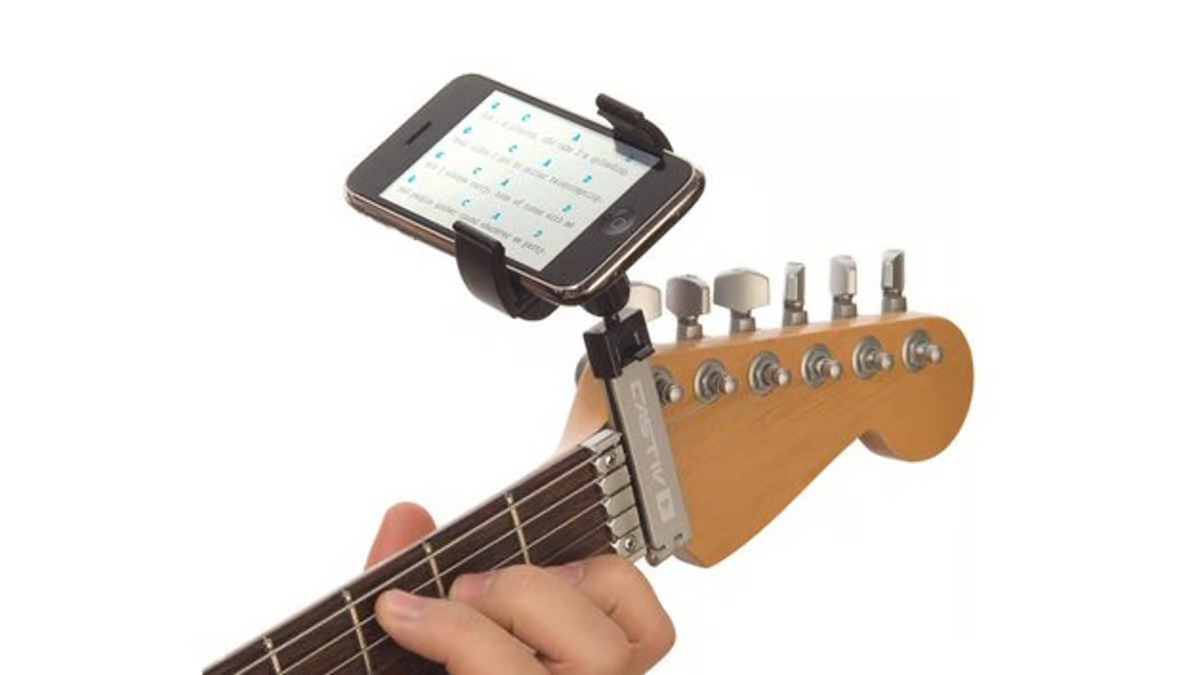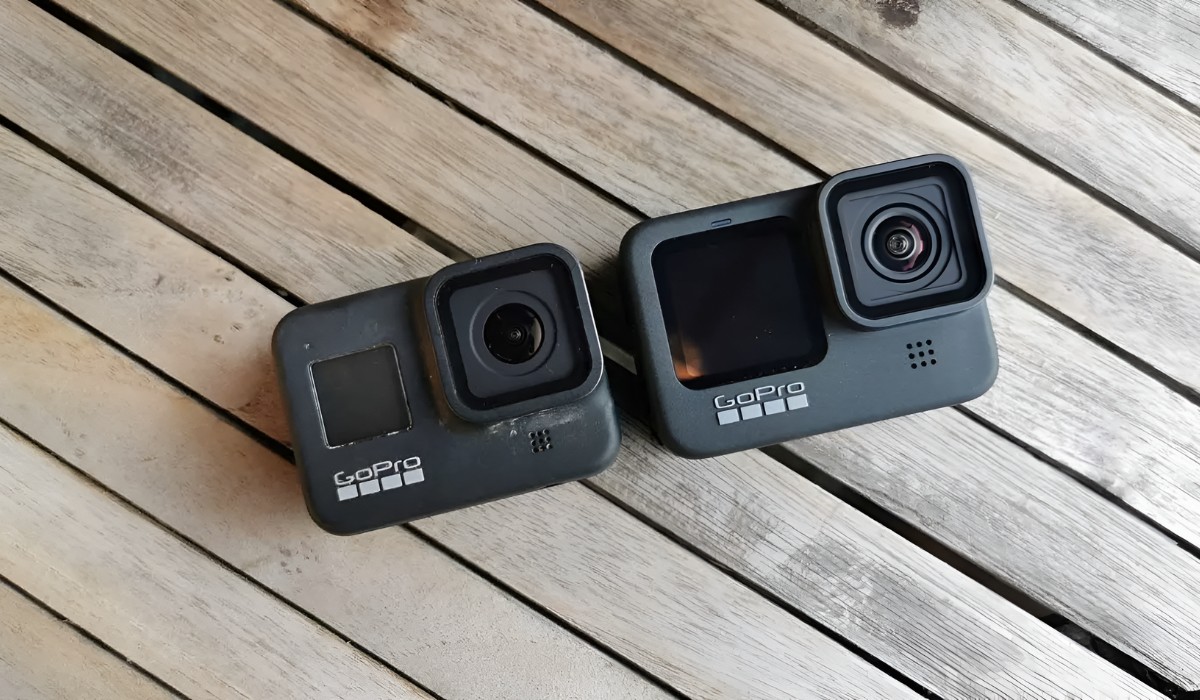If you’re starting to get bored with the standard digital camera, it’s time to try the 360 camera. This omnidirectional camera captures the world around you in a full 360-degree view. This makes for an incredibly detailed and immersive visual experience. In addition, this type of device has additional tricks, including high-definition and ultra-smooth footage. Let’s take a look at 360 cameras and how they work, along with the best options available in the market.
10 Best 360 Cameras for All-Around Photo and Video Capture
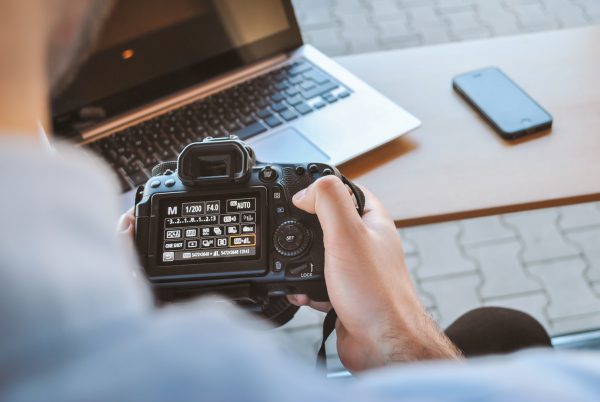

There are a variety of high-quality 360 cameras in the market, each with its own specs and features. But in general, the best cameras have features like automatic stitching, image stabilization, and live streaming. It’s also preferable to have a high resolution (the highest resolution is pegged at 8K). Here are some of the best 360 cameras in the market to look out for.
The One X2 is Insta360’s pocket-sized 360 camera with the capacity to switch between dual and single-lens modes. The dual-lens mode calls for both front and rear cameras to capture footage to get a full 360-degree view of the surroundings. It also offers some special effects related to image stabilization and frame manipulation. With it, you can create footage in slow motion, freeze specific scenes, or shift timelines within the video.
On the design front, the One X2 is lightweight, sturdy, and waterproof. The device itself is water-resistant and can be brought underwater for up to 33 feet. The One X2 is also a lightweight solution, weighing only 115 grams. It features removable batteries and a USB slot for charging. It also has a MicroSD slot for transferring photos and videos to your computer.
The camera offers the next best thing to 8K, at 5.7K resolution. This is still pretty impressive when compared to the GoPro with 5.2 K and even the Insta360 One, which pulls a resolution of only 4K. It also features a lot more frames per second (fps), which is a key measure of camera performance.
There are three shooting modes: 5.7K resolution at 30 fps, 4K at 50fps, and 3K at 100fps. This capability brings special effects that let you slow down or speed up moments in your video.
The One X2 camera also promises HDR resolution for photos, with a high resolution of 18 megapixels (MP). It also features FlowState, a new technique that reduces shakiness while filming. It does away with bulky gimbals that professionals use to stabilize their footage.
GoPro’s new Max 360-degree action camera is a comprehensive solution to all-around filming. Like most 360 cameras on this list, the GoPro Max also relies on fish-eye lenses positioned back-to-back to capture the full 360-degree angle. It also offers 1080p live streaming, which is rare amongst action cameras.
The GoPro Max is a heavy-duty device that can withstand elements, including water. It can be submerged in up to 16 feet of water without any special casing. It features a pair of retractable mounting fingers that latch onto selfie sticks, bike rails, boat handles, and so on. It’s also outfitted with a six-microphone audio system that mimics the surround sound effect. The additional microphones capture additional audio that you can either discard or hone into in the final cut.
The camera stitches files automatically and weaves them into a single, spherical video. At the same time, it provides the option to stitch files manually using the updated GoPro app. The camera also comes with its own software that will allow you to convert your 360-degree spherical video into a flat, 2D format. The same feature allows you to manipulate video elements post video capture. It allows you to enjoy the moment and then worry about video specs after.
The Insta 360 One R is a multi-purpose modular action camera. It is modular in the sense that it comes with three camera modules that you can switch out. It comes with a 1-inch camera module, a 360 module, and a standard wide-angle lens. The camera itself has three components, including a battery component, a control component, and detachable lenses.
The Insta 360 One R may have a small package, but it does its job very well. It’s portable enough to fit into your pocket, but then again, it’s still a little bulky compared to the GoPro Hero Black. But despite its small size, it’s built with sturdy plastic materials that are also waterproof. But it’s not meant to be taken diving or snorkeling since it can only withstand up to 5 meters of water. In other words, accidental dunks and surface swimming is okay. But if you want to take it underwater, you will have to protect it using a separate diving case.
The camera offers video quality in 4K resolution and image quality in 5.7K resolution. 4K may not be that impressive anymore. But it does manage to remove shadows from the darker parts of the image, clearer and brighter shots. Photo quality is even better, with a 5.7K resolution. It offers excellent image stabilization and automatic stitching. But then it shares in the flaw of the GoPro Max that image sharpness drops near the edge of the frame.
You will also find additional modes on the camera that will let you take HDR or non-HDR quality photos. You can also capture videos in time-lapse style and use four additional fields of view with the 4K camera. You can shoot slow-motion videos for up to 200fps with the 4K camera at 1080p resolution. You can also download a native app, and from there, you can control the app’s functions.
Ricoh is a company that specializes in spherical imaging, and the Theta S is their most recent product. In truth, the Theta S is already their third attempt at a 360-degree action camera. It improves upon its predecessors—Theta and the Theta m15—in terms of video and camera quality. When it comes to capturing 360-degree footage, the Theta S is an ultra-reliable solution.
As for the physical design, the Theta S retains the same appearance as its predecessors. It takes on the same portable design, and some may even say that it looks more like a candy bar than anything. It’s lightweight, at only 125 grams, and it carries a single lens on each side to cover the 180-degree field of vision. At the front are LED icons that light up blue when activated.
Above the physical shutter are a power indicator and a Wi-Fi button that informs you about the pairing status of the camera with your phone. Along the side of the camera are the Shooting Mode, Power, and Wi-Fi buttons. At the bottom are a micro-USB port and a tripod socket for connecting to a tripod. The Theta S also features s MicroSD storage and a free 8 GB MicroSD card. But the MicroSD card slot is stand-alone and cannot be augmented.
Theta S promises an image quality of 14.4 MP. Image quality is on par with most digital cameras and smartphone cameras. The clearest images are produced during the daytime, especially for outdoor scenes. It also makes it easy to export your footage and photos to any external device.
As for video quality, the camera promises 1080p at 30fps. But in truth, the horizontal resolution is reduced by a small margin to prepare it for video editing. Nevertheless, the final products are still well within HD quality.
The target audience for 360 cameras is divided into two major camps. The first camp is composed of outdoor adventurers who want to capture exhilarating adventures. Meanwhile, you have city people who just want to share their everyday life on social media. The Gear 360 is targeted towards the latter, or casual users operating in a normal environment.
Samsung Gear 360 has quite a unique appearance. Instead of having a standard, box-type body like most cameras, the Gear 360 has a white rounded body with a circular head. If you didn’t know what it was, you would think it was a night light or a mini electric fan. The bulbous head is where its two lenses can be found, with one lens located on each side. It also has a handle that makes it easier to grip without the need for a selfie stick. While it won’t exactly fit into your pants pocket, it will most likely fit into your bag.
The Gear 360 uses buttons minimally. In fact, there are only two. One allows you to turn the device off or on, while the other allows you to switch between modes. There is a large Record button on the handle, within easy reach for anyone holding the device. Along the same portion on the handle is an LCD indicator that tells you the camera’s mode. At the bottom are your typical charging port and a slot for memory storage.
The Gear 360 has two fish-eye lenses, which take photos with a resolution of 5792 x 2896. Taking a photo is easy enough, as you simply have to press the power button, select a mode, and then press Record. The resulting photos and videos are clear and sharp. There’s also less blurring around the edges, unlike the other devices that make use of fish-eye lenses.
The device also works hand in hand with the Samsung Gear app, which lets you select which lenses to use. It also features controls for white balance, exposure compensation, and HDR mode. There are also ISO controls, a timer, and wind noise education for videos. Unfortunately, there are some features on the app that are reserved for Samsung phones.
Rylo 360
The Rylo 360 is an action camera designed specifically for high-intensity sports activities. It’s the ideal camera to use for capturing your most adventurous moments. And the best part is it’s simple to operate, so you can just have fun without worrying about the results.
One of the first things you’ll notice about the Rylo 360 is its unique oblong appearance. The rounded edges clearly have a purpose, which is most likely to lessen the impact on the device if it drops to the ground. The top and bottom portions of the camera are perfectly even, which means that it can sit still on any flat surface. The camera itself is protected by solid aluminum, which keeps dust and water particles away.
The camera has two identical lenses, with each lens located on either side. The right-side lens contains a small single-color display indicating which of the three camera modes are being used. It also contains indicators for battery level and the microSD card space. It will show you the number of remaining shots—for photos and the remaining time (in minutes) for videos. The device is also outfitted with a 16 GB MicroSD card that you can remove whenever you need to transfer data.
The camera comes with an everyday case, a plastic case with a mount at the bottom. This is good enough for land-based sports activities, but if you want to go underwater, you’ll have to purchase an “adventure case.” This will keep your camera dry for up to 10 feet underwater.
The Rylo 360 has three simple modes: 360-video, 180-video, or Panorama (also a 360-degree field of view). The device can connect wirelessly to any Android or iOS phone. Then there’s the app that functions as a remote control for the device. You can use it to instruct the camera to take snapshots or start recording. You can switch modes, set a timer for your footage, and even create a fixed-frame video.
The GoPro Fusion is a full-featured camera that works well in both casual and adventurous settings. It takes advantage of GoPro’s arsenal of sturdy materials for a superior build and professional tools for excellent photos and videos.
The GoPro Fusion is tough and rugged, which is perfect for the great outdoors. It takes on a square shape with rounded edges. It’s wrapped with a rubberized material that is both waterproof and dust-proof. In fact, the device can withstand as deep as five meters of water without any support. Its side panels are lined with a grip strip, so it doesn’t just fall out of your hands while in use. It’s also lightweight and pocket-friendly.
In keeping with GoPro standards, the GoPro Fusion only carries two buttons. Nonetheless, these buttons are more than enough to manage camera settings and menus. The device requires two SD cards, one for each lens located on either side. The fact that there are two SD cards is a little puzzling. But we won’t complain since GoPro provides two 32 GB microSD cards out of the box.
In terms of video resolution, the GoPro Fusion doesn’t disappoint. It offers a 5.2K resolution at 30 fps. It can also record in R3K resolution at 60 fps for clear-looking 3008×1504 pixels. The photos it produces have a resolution of 18 MP, which is the standard. This is all well and good, although a lot of the competition already manages to pull off 5.7K resolution.
But the central feature of the GoPro Fusion is the one called “overcapture.” This feature lets you capture the entire scene first, then reframe the footage after the fact. In other words, you can simply enjoy the moment and not worry about the recording quality. You can film an entire beach scene and then simply isolate footage of a sailing competition later on. Or you can produce a video in the first-person perspective that later pans out to the scenery. It also means that you can share videos with almost anyone instantly.
The Garmin VIRB 360 is a feature-rich but expensive 360 action camera. This is Garmin’s first attempt at a 360 camera since they normally produce navigation devices like fitness trackers and dash cams. Garmin meant for the VIRB 360 to be used outdoors, and it’s meant to compete with the GoPro brand. It carries premium features like image stabilization, 360-surround sound, and voice controls for remote control operation.
There are two powerful features worth mentioning: Bracket and Lens mode. The first feature lets you take three photos, each with different exposures, every time you press the shutter. This was created to help you make HDR-quality photos, although they could have just added that in. Then you have Lens mode, which takes an image from the lens of your choice and then crops it down. It essentially turns the image into a wide-angle view 3D image.
The VIRB 360 also offers straightforward controls that even a child can operate. It has a one-touch button that activates the recorder with—you’ve guessed it—a single click! No more fiddling with start and stop controls, and no more checking the internet or reading the manual in the middle of nowhere. The VIRB 360 also features voice commands, which allows you to treat it like Alexa. This is especially useful when your hands are busy, and it helps to keep you safe. The device also comes with a small tripod that takes a single click to latch onto or detach from the camera.
The camera offers three modes: Auto, Pro, and Independent. The auto mode is best for people who don’t know the first thing about specs and couldn’t care less. It lets the camera default to a specific setting, so you can just shoot away. Then there’s the Pro mode for people who know what they’re doing, and it offers control over settings. You also have an independent mode that splits the settings for the lenses into two. This mode is most useful when lighting conditions are uneven on each side, such as when you’re recording inside a darkened car.
The Vecnos IQUI ZTQ01 offers a simple solution to 360-degree video and photo capture. While it doesn’t aim to compete with action cameras like the GoPro, they have a few elements in common. It’s also designed more for casual adventures than hardcore sports.
The camera itself will catch your eye because of its appearance. It looks more like a pen or highlighter more than anything, with some extra weight width-wise. The camera pen weighs only 2.1 ounces or roughly 60 grams, making it the lightest camera on this list. The pen-shaped design makes it easy to store almost anywhere, in your pockets, backpack, and so on. However, it runs the risk of getting scratched when it comes into contact with other metal objects. This is what the special pouch in the package is for.
The IQUI ZTQ01 has four cameras in total. Three of the cameras are located on the sides of the device (it’s cylindrical, so it doesn’t have sides). Meanwhile, the remaining camera sits atop the device like a rubber eraser to a pencil. Down the sides of the camera are your power button, shutter button, and a mode button that lets you toggle between the camera and video recorder. Unfortunately, the camera doesn’t have a slot for MicroSD cards, but it charges with the typical USB-C cable.
The photo and video quality of the IQUI neither exceeds expectations nor goes below it. Photo and video quality is best during the daytime, and the results are clear and crisp. But come nighttime, the photo and video quality is a bit grainy and lacks detail in shadows. Nevertheless, these limitations can be improved using the companion app. From there, you can add filters and effects to your 360-degree photos and videos. You can also turn stills into 10-second videos to cover every element in greater detail.
Insta360 EVO
The Insta360 EVO is just as capable as the Insta 360 One X2. However, the main difference is that the output of this device is meant to work on virtual reality (VR) hardware such as the Oculus Go. The EVO is specially designed for niche groups interested in VR, so it’s not for everyone. But even if you’re not a fan of VR, you have to admit that it’s a fascinating example of what VR and reality footage can look like on the same platform.
The one clear advantage that Evo has over One X2 is the VR element. While it’s always possible to view the footage on a tablet or PC, the true magic only happens with the help of a VR headset. You can even slip your device containing your 360-degree footage inside a VR cardboard, and the effects will be the same. The Evo also excels at producing high-quality results, with or without VR. It produces 5.7K video at 30fps, 4K video at 50fps, and 18 MP still images.
So how exactly is the camera able to record VR content? It has something to do with optics and the mechanism in place to move the lenses around. For starters, it makes use of fish-eye lenses positioned back-to-back. However, in this case, the lenses can reposition to a point where they sit next to each other. This gives the camera flexibility to shoot 180-degree videos in stereoscopic 3D, Or full 360-degree videos in 2D.
While these features sound promising, it does come at a price. In fact, its base price is already three times that of the GoPro Max. For most people, it’s somewhere between a little expensive to definitely expensive. But then again, VR is a new technology, and like all new technologies, it comes at a higher cost. At the very least, the company throws in a pair of foldable VR glasses, a tabletop tripod, and a protective case along with the camera.
What Can You Use 360 Cameras For?
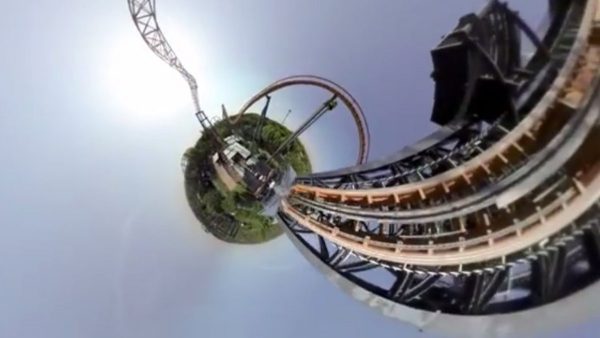

Professional Documentation
There are many use cases for 360 cameras. In fact, you might be surprised at the number of use cases in the professional world alone. Nearly everyone from professional photographers to landscape artists, architects, and writers have some use for 360 cameras. Engineers and architects use it to document all kinds of properties, including houses, apartments, buildings, and so on. Landscape artists may use it to capture their work, and other professions use it for basic documentation for different reasons. Of course, you also have professional photographers who use these cameras as the basic tool for their trade.
A 360 camera comes in handy when you need to record physical or even online meetings since it captures everyone in the meeting simultaneously. If you are a professional on the lookout for a powerful camera, you might consider taking on a separate camera for professional use such as point-and-shoot cameras.
Travel and Outdoor Activities
360 cameras are also useful for capturing outdoor recreation and sports. In fact, any activity that involves nature seems to be the perfect opportunity for immersive videos. Any sports activity, including cycling, hiking, skiing, running, and so on, is a good place to start. It’s even better if your camera is waterproof since you can record in full 360-degrees underwater. If you want to go fully hands-on with your outdoor activities without missing a beat, we highly recommend that you check out this list of the best helmet cameras as well.
Art
360 cameras are also useful for creating art. For example, you can create a “tiny planet,” a warped version of the 360-degree panorama. You can create your own tiny planet by converting any 360-degree panorama into a 2D image. There are various ways that you can alter your 360-degree photo or video to turn it into artwork.
How Does 360 Imaging Work?
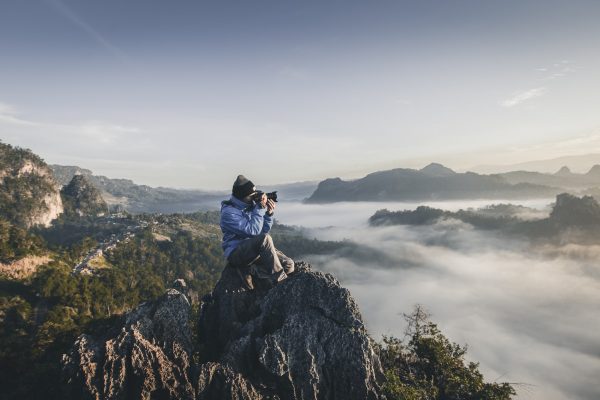

Most 360 cameras require more than one lens to cover the full 360-degree angle. The usual case is that there is a minimum of two camera lenses positioned opposite each other. Each camera takes on a wide-angle view of 180 degrees or more. The raw footage or photo from these cameras are then stitched together. The stitching process overlaps the footage or photo in the middle portion to create a single, seamless photo or video. Some cameras stitch the footage automatically even before the file is transferred. Others require you to stitch the footage yourself using companion software.
How Does Automatic Stitching Work?
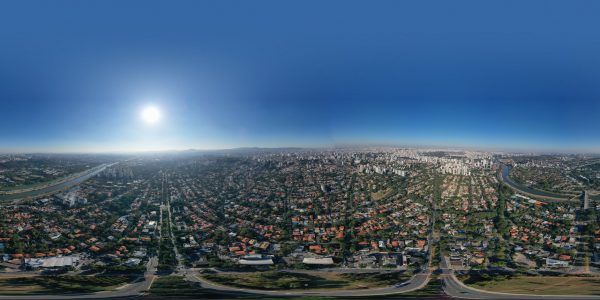

As known, 360 cameras usually carry two lenses, one on either side of the camera. The footage from each camera side is then “stitched” together to create a single, seamless photo or video. Typically each lens can stretch a little further than just 180 degrees, say 200 degrees. The 200-degree footage is placed side by side, with a little overlap in between. The camera or software in charge of the stitching uses this overlap to disguise the seams of the footage. In other words, you should be able to produce a panoramic photo or video without any visible breaks.
How Are 360 Cameras Classified?
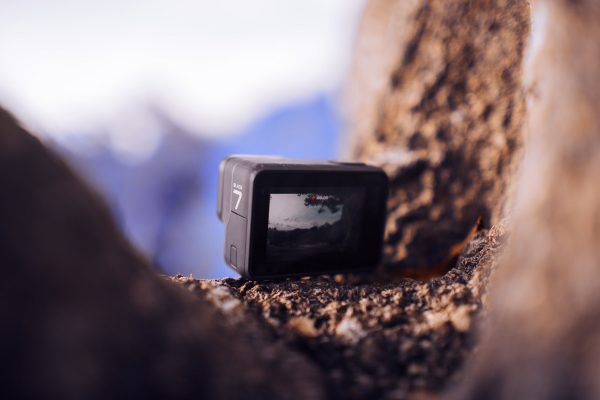

There are two types of 360 cameras: monoscopic and stereoscopic. The difference between the two lies in the depth of perspective that they offer. Monoscopic cameras often produce two-dimensional results, while the latter produces three-dimensional results.
A microscopic camera makes use of back-to-back cameras that have multiple fields of view in single-lens format. Each camera only carries a single lens which takes a flat image or footage. When the photos or footage are stitched together, the resulting image or footage is s panoramic but flat. The benefit of monoscopic images and video is that they do not take complicated components and are simple to produce.
Stereoscopic cameras add a virtual reality element to the 360-degree footage. They try to emulate human vision, with the left and right eye each taking a different perspective. It may also use two cameras, except that each camera has dual lenses instead of just one. The dual-lens have a complementary role, and each takes a different perspective of the same field of vision. The stitching process then creates the illusion of depth and distance. On the downside, it’s harder to capture and process stereoscopic images.
Final Thoughts on the 10 Best 360 Cameras


The 360 camera industry is booming, and it will only continue to bloom within the next decade. Even now, we are already seeing fierce competition among the top players in the camera industry. But of course, only a handful of brands truly stand out, and we’ve presented them to you on our list.
But before you go out there to make a purchase, make sure that you have carefully assessed your camera needs and the use case you have for it. What do you need the camera for? How much is your budget? Will you be using the device for work or personal leisure? Or casual environments or extreme outdoors? Questions like these should help you narrow down your options.
If you found this article relevant, you might also be interested in this list of the best film cameras for retro photos.

